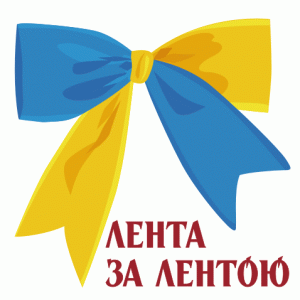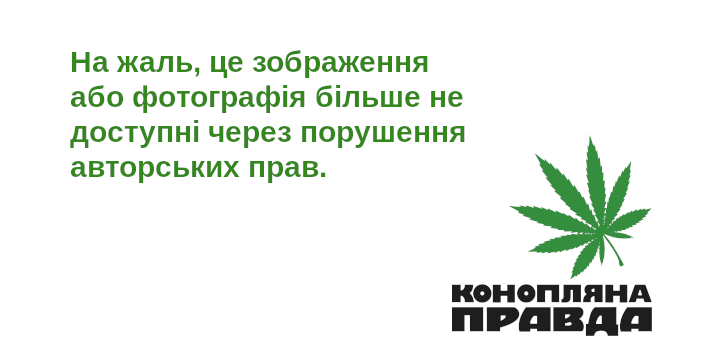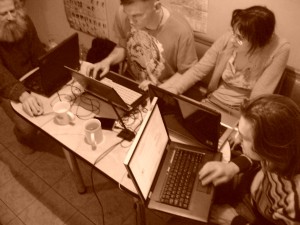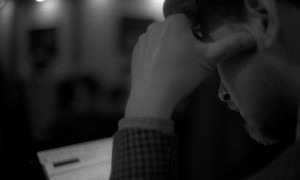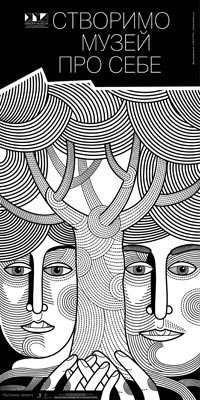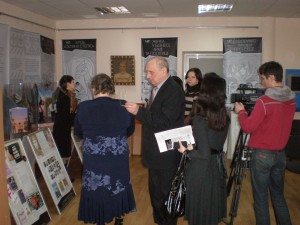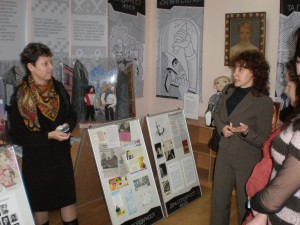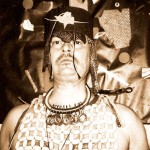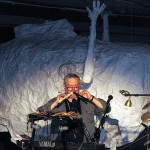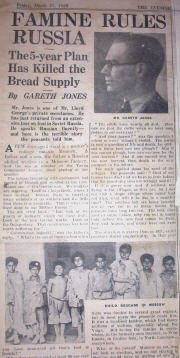Civic Campaign: Make Ukraine better!
Category: by Dmytro Yatsyuk, guests, ukraine
Tags: FEMEN, lentaua.org.ua, Make Ukraine better!, Ukraine
Ukraine is now living a very particular situation. End of one historical circle (period of European dream born with Orange Revolution) and beginning of some entirely new and perhaps shadow time, marked by political decision of a new government to abandonee European and Euro Atlantic choice for Ukraine.
In that situation, Ukrainian young generation feel that they must do something (anything at all), to make his own position about situation living by contemporary Ukraine.
In this actual environment, every political, social or cultural organization or part of civic society uses its own “weapons” of choice. Ukrainian feminist organization FEMEN, received the recent visit of Medvedev with his own performance called “Scratched by bear”.
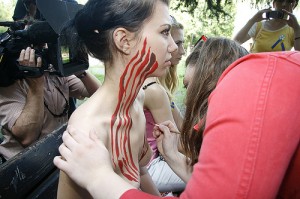
Photo by FEMEN at Flickr
Other group of youngsters from Kyiv, start at May 11, 2010, a civic campaign “Make Ukraine better!”, intended to unite young generation of Ukrainians around of Ukrainian national idea, in way to remind all those who gave their lives for the country.
The bilingual manifesto of campaign (in Ukrainian and Russian) said:
In remembrance of those who fought for Ukraine and to together future – our initiative:
Belt for Belt (from famous UPA lyrics Lenta Za Lentoyu”):
We have different political views. We speak different languages. But Ukraine is unique for us. Do not be afraid to say that. Do not be ashamed. Do not forget.
Put the flag on your apartment. Add the ribbon to your clothes – to the day-to-day one and to festive one and to any one.
You want to make life better in Ukraine? Do it. Anything. And think about more.
Do you want to do more than just putting the ribbon to your clothes? You’re not alone : )
There are all sorts of issues needing to resolution, and actions that can and should be done. For example, today’s issues to be solved by civil society:
1) demand for joint vision of history – as the basis for understanding in the society;
2) actions for organization of civil society;
3) action against state corruption and the filth of personal responsibility of state representatives and politicians (yes, they also must live with respect for the law and must behave decently);
3) support to culture (not for kitsch);
4) support poor and disadvantaged parcels of society;
5) etc, etc, etc …
You can propose your own actions; you also can support actions of others. For more information, visit the online community Make Ukraine better! There discussions are made, there activities are organized. Why not?
You also can help to our action as follows:
1) Place one of the proposed banners on your blog / site: lentaua.org.ua
2) Send to us your beautiful photos with the ribbons, organize a section of photographs, involve famous people, finally, our action allows your personal PR : )
3) Create the design of the original ribbons, banners or other promotional materials.
4) To popularize and disseminate our initiative in the press, in the Internet, in blogosphere, etc …
5) Share with us your ideas. Write to us, don’t be ashamed in@lentaua.org.ua or join the community http://community.livejournal.com/lenta_ua or visit the campaign website lentaua.org.ua
Information about this initiative in Portuguese:
ucrania-mozambique.blogspot.com


